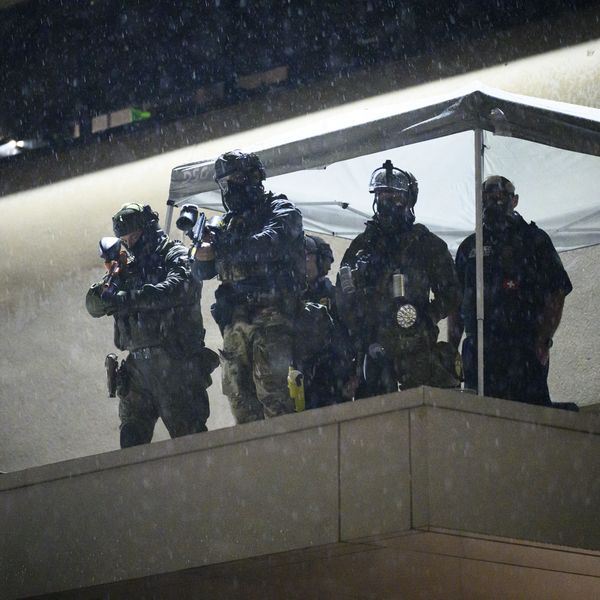Demonstrators have gathered at a rally in Okinawa, Japan, to protest against a US military air base on the island.
Sunday's rally, near Kadena air base, the largest US military facility in the Asia-Pacific region, is expected to include Hirokazu Nakaima, Okinawa's governor, and more than 30 town mayors.
Many on the island are unhappy with the heavy American military presence - a legacy of Japan's World War II defeat - complaining of noise, pollution and frictions with US soldiers.
The issue threatens the political future of Yukio Hatoyama, the prime minister, who has staked his job on settling the issue.
The row centres on the unpopular Futenma US Marine Corps Air Station, which under a 2006 deal between Tokyo and Washington, was to be moved from the crowded city of Ginowan to the quieter coastal Henoko area of Okinawa.
After taking power in September in a landslide election, Hatoyama said the base may be moved off the island entirely instead.
But a search for alternative locations has not been successful, meeting instead with more local protests.
In the run-up to crucial upper house elections due in July, Hatoyama has seen his approval ratings dive as criticism has grown of his perceived dithering on the issue.
Sticking points
Hatoyama has set himself a deadline of late May to resolve the issue, while the US maintains that it wants Tokyo to stick with the original plan.
On the eve of the protest, the Washington Post said the Japanese government had indicated it would broadly accept the 2006 pact.
But the government denied that on Saturday, with Hatoyama repeating his objection to the 2006 plan.
Locals complain of noise and pollution from the bases as well as tensions with US soldiers [AFP]
"The report is not true ... We cannot accept the existing plan," he said.
The US set up the Futenma air base in 1945 as it took the island in one of World War II's bloodiest battles.
It did not return Okinawa to Japan until 1972 and still operates more than 30 military facilities on the island, which is located near China, Taiwan and the Korean peninsula.
Under the 2006 agreement - which requires legal approval from Nakaima, the Okinawa governor - Futenma facilities would be shifted to reclaimed land around Camp Schwab in Henoko and about 8,000 marines would move to the US territory of Guam.
Japan, which committed to pacifism in its post-WWII constitution, relies heavily on the US, its treaty partner, for its security.
The US, in turn, stations some 47,000 troops in the country, more than half of them on Okinawa.
Residents of the island have previously protested against the heavy US military presence, notably following a series of incidents allegedly involving US personnel, including the alleged rapes of a schoolgirl and a 19-year-old local woman.

